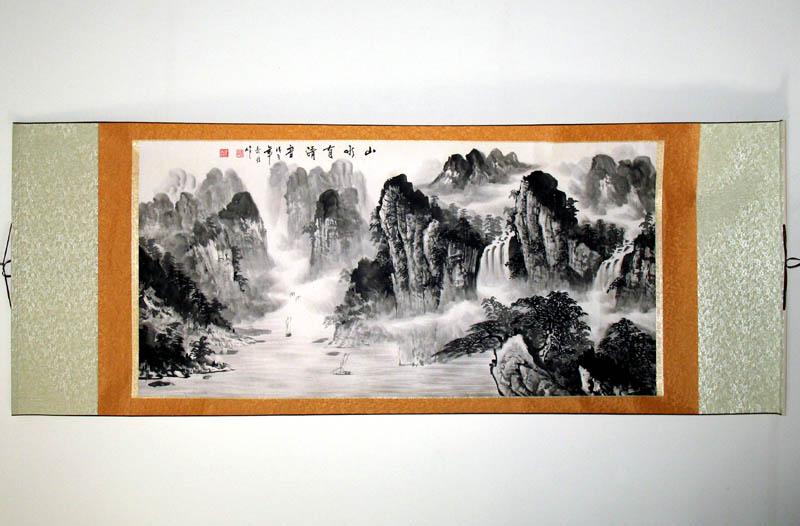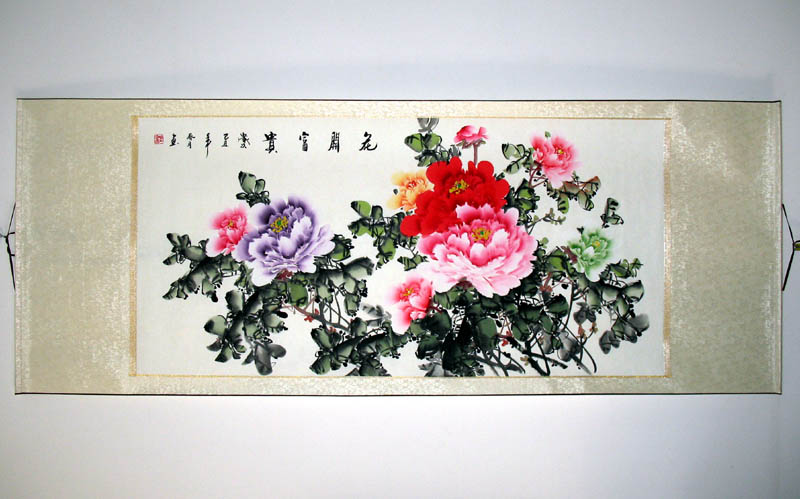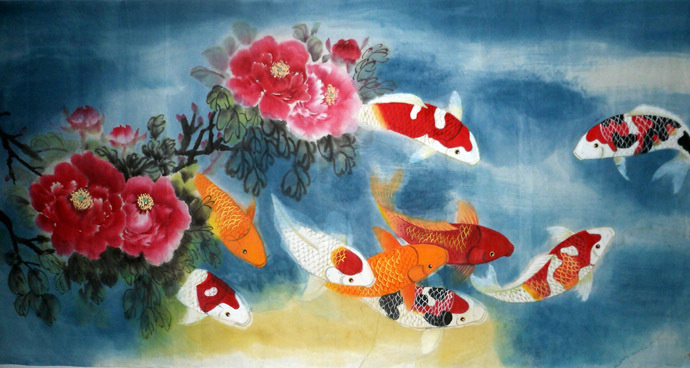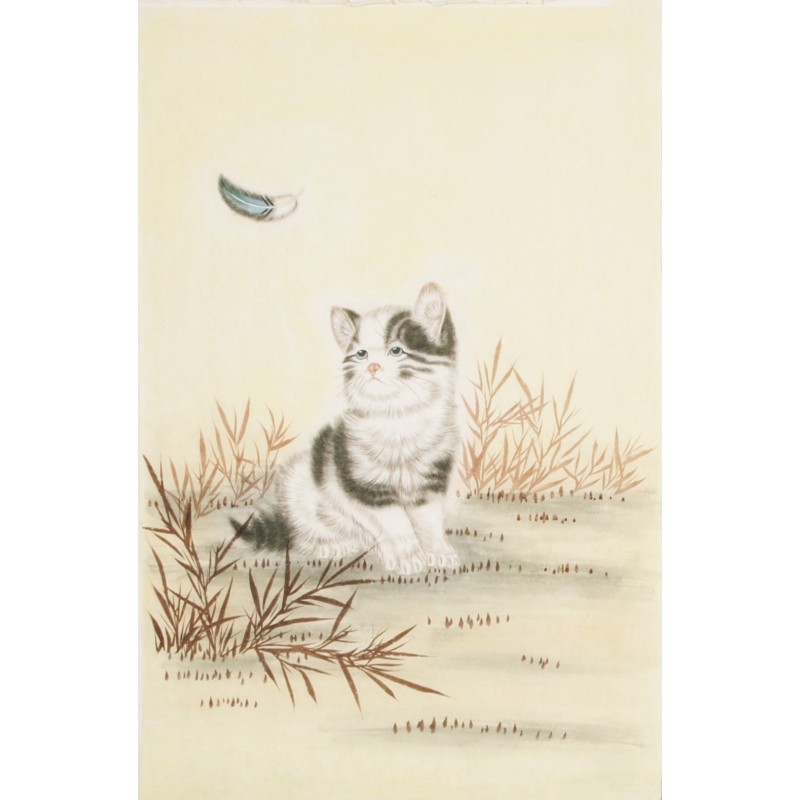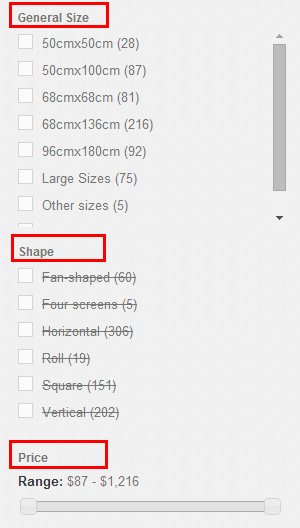In Ancient China, Four Treasure are all indispensable tools for Chinese calligraphy and Chinese painting. We can easily tell how Chinese calligraphers and painters value and treasure them from the name. Despite the evolution of the four tools, it is believed that no Chinese artwork can be a masterpiece without using the traditional four treasures. Do you know what the "Four Treasure" is?
1. Brushes for Chinese Painting
Three types of brushes are used in Chinese painting:
(1) Round brushes with a sharp tip made from stiff hair such as deer or ox. The brush hairs retain a bounce or spring when wet. A decent brush will regain its sharp tip when you decrease the pressure on the brush, enabling you to vary the width of a single brushstroke by increasing or decreasing the pressure.
(2) Round brushes with a sharp tip made from soft hair such as goat or rabbit. The brush becomes floppy when wet and the hairs don't bounce, so when it loses its shape as you apply it to the paper, giving you less control over the brush mark.
(3) Hake brushes: wide, flat brushes with short hair.
2. Ink stick
Carbon powder from wood and oils are mixed with glue and pressed into wooden moulds to make traditional black ink sticks for Chinese brush painting and calligraphy. The precise ingredients and processes are shrouded in secrecy, but we can tell you that Great Art ink sticks are made from fine particle pine wood soot, and offer a range of density from jet black to more bluish tones.
3. Ink stone
If you're using an ink stick, you'll need a suitable container for turning it into liquid ink. Traditionally this is an ink stone made from slate, but small ceramic bowl or even a plastic one will also work. Use only a small quantity of ink at a time so you don't waste any and don't let it dry in the ink stone or you'll struggle to get it off. A heavier container has the advantage that it won't easily move when you put a brush into the ink.
4.Xuan Paper
The paper included in the Four Treasures of the Study specially refers to Xuan Paper (paper produced in Xuancheng). It is exclusively intended for exercising and creating Chinese calligraphy and painting. The original production place of Xuan Paper is present-day Jing County in Anhui Province. It takes as the raw material the Wingceltis exclusive to the mountainous areas in the South of Anhui Province. Xuan Paper is of strong ink absorption and easy to store. It can maintain the flexibility even after a long period of time.

